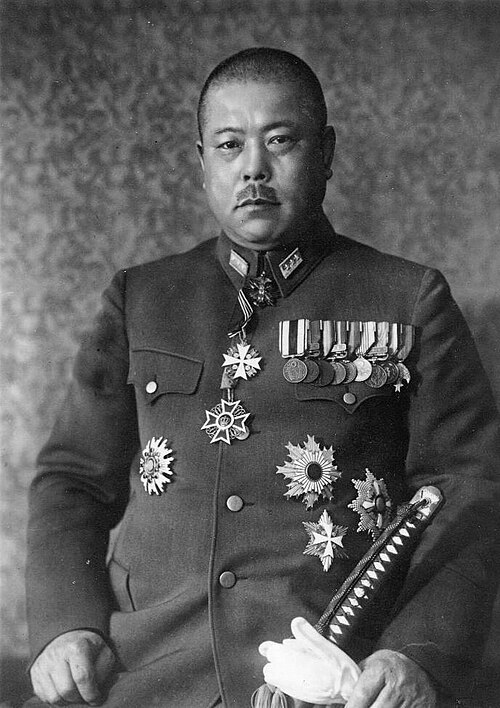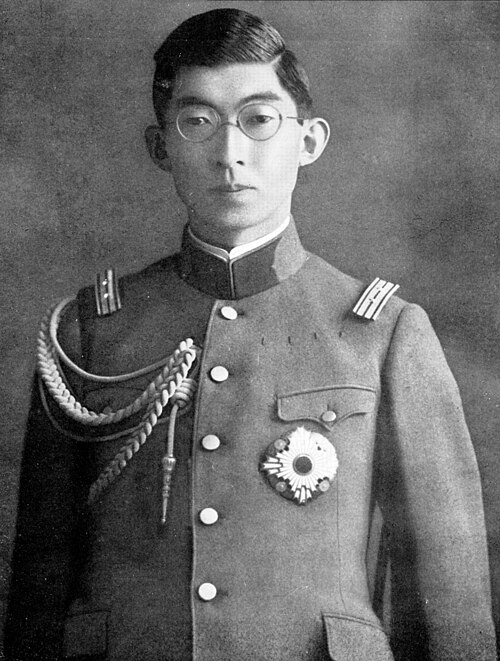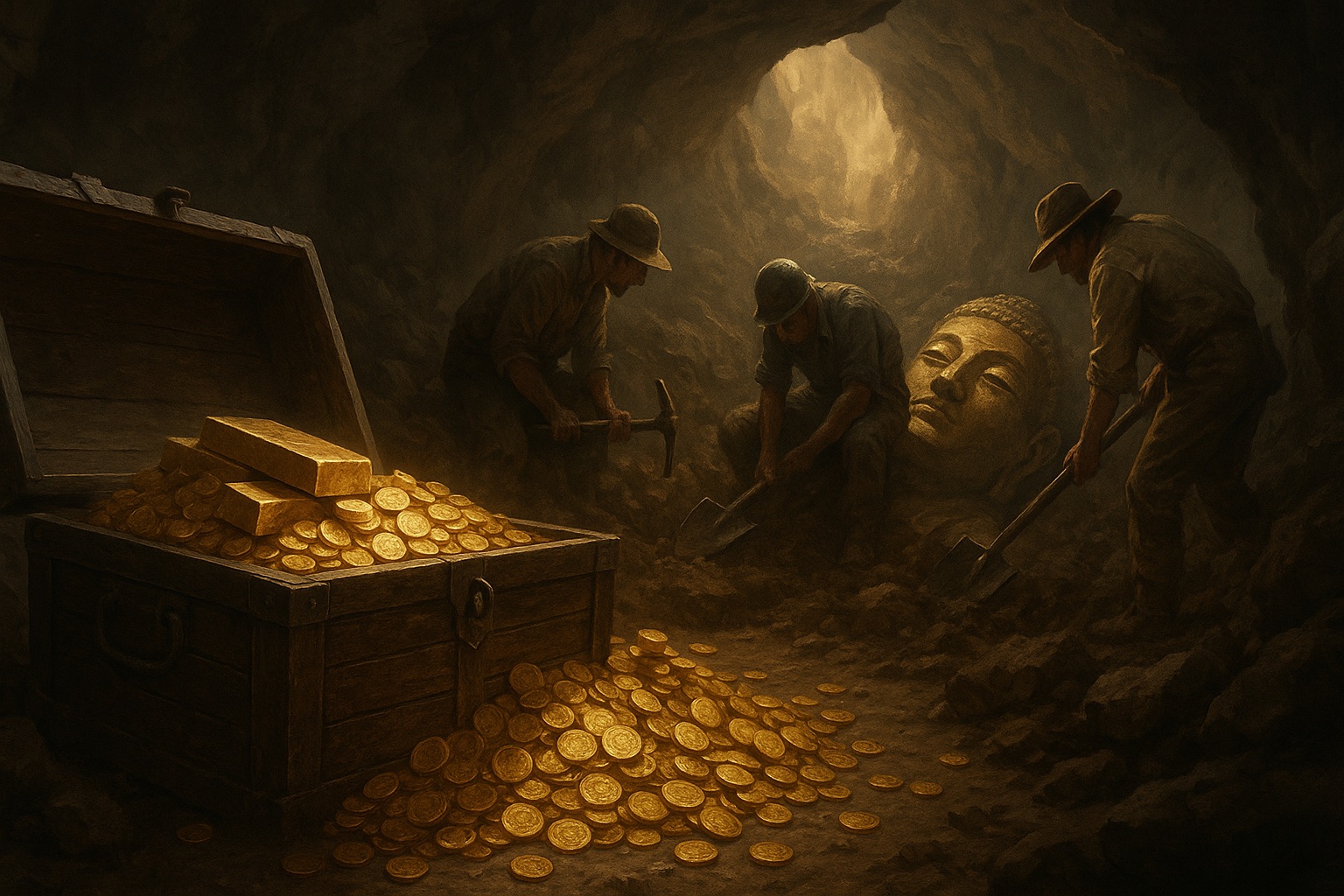Yamashita’s gold: Japan’s Greatest Wartime Legend Buried in the Philippines
Yamashita’s gold: Japan’s Greatest Wartime Legend Buried in the Philippines

Among the most enduring Japanese urban legends, few are as captivating—or as controversial—as Yamashita’s gold. Said to be a vast cache of gold, jewels, and priceless artifacts looted across Asia and buried in the Philippines by retreating Japanese forces during World War II, the legend continues to fuel speculation, legal battles, and modern-day treasure hunts.
But how much of this story is true? And how much is myth?
The Historical Foundation
There is a documented historical core to the legend. In February 1944, the Japanese military shipped approximately 25,000 gold coins (Marufuku kin-ka) from Japan to the Philippines to fund war logistics, using Chinese-Filipino businessmen as intermediaries. When U.S. forces landed in early 1945, about 15,000 of those coins were reportedly moved inland to the city of Baguio.
The coins—pure 24-karat gold, 30.54mm in diameter, weighing 31 grams each—were eventually scattered or lost. By 2009, their estimated market value was roughly ¥20 billion (approximately $200 million). This figure, while substantial, falls far short of the mythical trillions said to be buried.

The Legend: Gold of the “Golden Lily”
According to legend, Japan plundered vast riches from occupied territories across Southeast Asia, including colonial banks, temples, and royal treasuries. These were allegedly transported via Singapore to the Philippines and hidden in caves, tunnels, and bunkers under the supervision of Imperial Japanese officers—many of whom were later executed as war criminals, taking the secrets of the treasure’s locations to their graves.
Western readers were introduced to this story primarily through Gold Warriors by Sterling and Peggy Seagrave, which spun a vivid (and largely unverified) tale involving a secret program named “Golden Lily”, and even suggested that Japanese Prince Yasuhito Chichibu had overseen the operation.

Political Intrigue: The Marcos Connection
One of the most sensational claims came from Imelda Marcos, widow of former Philippine President Ferdinand Marcos. In 1992, she publicly declared that her husband had discovered Yamashita’s gold and used it to finance his political empire. She claimed that they had uncovered 30 of 172 possible sites, yielding 60,000 tons of gold—a claim most historians view as implausible and likely intended to deflect accusations of corruption.
Another major incident occurred in 1971 when Filipino locksmith Rogelio Roxas discovered a golden Buddha statue and gold bars in Baguio. He was later arrested, and the treasure was allegedly seized by the Marcos regime. In 2019, Roxas’s daughter Gina filed a lawsuit in New York, demanding over $200 million in damages from Imelda Marcos, reigniting global interest in the mystery.
Treasure Hunters and Government Crackdowns
Even today, Yamashita’s gold remains a target for treasure hunters across the Philippines. As of 2025, over 200 active teams are believed to be scouring the islands—particularly Luzon—for hidden wartime caches. Since 2007, however, the Philippine government has tightened regulations, requiring excavation permits and offering only a portion of any discovered loot to diggers.
Illegal digging persists, with notable arrests in 2018 on Capones Island, where 17 people—including four Japanese nationals—were detained. Despite decades of searching, no discovery has matched the mythical scale of the treasure.
Still, smaller finds—jewels, watches, old currency, and even nickel caches—occasionally surface in caves and mountains, keeping hope alive.

Pop Culture and Legacy
Yamashita’s gold has transcended legend to become a global cultural phenomenon. It has inspired:
Documentaries like History Channel’s “Yamashita’s Lost Gold”
Novels such as Neal Stephenson’s “Cryptonomicon”
Video games including Medal of Honor: Rising Sun
These portrayals blend fact and fiction, embedding the treasure in the global imagination as a symbol of greed, secrecy, and postwar conspiracy.
Final Thoughts: Myth, Memory, or Money?
While evidence supports the movement of Japanese gold to the Philippines during WWII, there is little to confirm the existence of treasure on the scale often described in books and legends. Yet the allure of Yamashita’s gold lies not in its certainty, but in its mystery.
In the end, the story reflects a timeless truth: the deeper the mystery, the stronger the human desire to unearth it.
References and Further Reading
Yamashita gold – Japanese Wikipedia (in Japanese)
※ Unauthorized reproduction, video creation, and uploading of this article's content to YouTube, blogs, or other platforms is strictly prohibited.
Related Articles

“The Underground Circle”: A Japanese Urban Legend That Warps Reality

The Dark Legends of Studio Ghibli: Secret Meanings, Forgotten Endings, and Royal Obsessions

Did I Slip Into Another Timeline? A Chilling Encounter in Shibuya That Changed Everything

Inunaki Village: Japan’s Most Forbidden Legend and the Hidden History No One Talks About
Popular Series
This is the page for Yamashita’s gold: Japan’s Greatest Wartime Legend Buried in the Philippines. Find the latest news about Yamashita’sgold, Philippines, treasure and more on TOCANA - the paranormal news media that stimulates your curiosity
Urban Legends Latest Articles
The Definitive Guide to Japan's Scariest Urban Legends: From Kuchisake-Onna to Kisaragi Station
2025.10.20 23:00 Urban LegendsKunekune: The Definitive Guide to Japan's Terrifying, Twisting Field Monster
2025.10.19 23:00 Urban LegendsNNN Special Broadcast: The Definitive Guide to Japan's Lost, Lethal TV Broadcast
2025.10.14 23:00 Urban Legends






